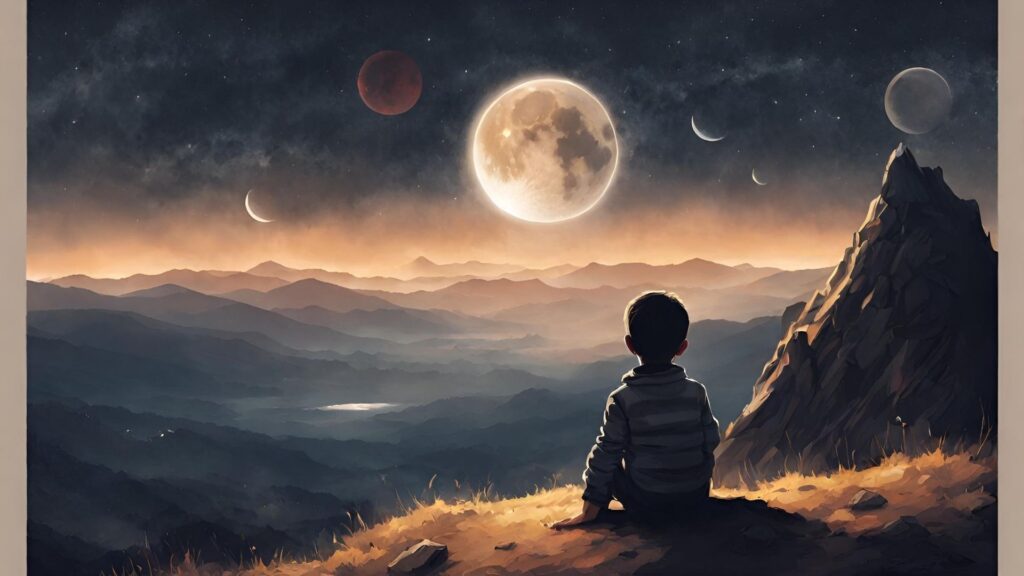
Reading
Eclipses, those captivating celestial events, have held the fascination of people for generations, engaging both seasoned sky watchers and newcomers. They occur when celestial bodies align, creating moments of intrigue and wonder. The two primary types of eclipses are solar and lunar.
Solar eclipses happen when the Moon moves between the Earth and the Sun, casting a shadow on our planet. Depending on one’s location, these can be either partial or total, offering a mesmerizing view of the Sun’s corona.
Conversely, lunar eclipses take place when the Earth’s shadow shrouds the Moon, imparting upon it a reddish hue, often referred to as the “blood moon.” Lunar eclipses grace the skies across a broader geographical range, making them accessible to a larger audience of astronomy enthusiasts.
Eclipses have been a source of fascination throughout human history, bearing historical, cultural, and scientific significance. They have inspired myths and continue to shape the realms of art, science, and our comprehension of the universe. Whether it’s the celestial interplay at work or the administrative precision behind predicting these imminent events, the allure of eclipses remains undeniably captivating. Stargazers eagerly anticipate each eclipse, often using carefully calculated schedules to ensure they don’t stumble when seeking these natural wonders in the night sky.
Discussion
- Which type of eclipse do you find more intriguing, solar or lunar? Why? Have you watched eclipses?
- If you could travel anywhere to witness an eclipse, where would you go, and why? What makes that location special for eclipse viewing?
